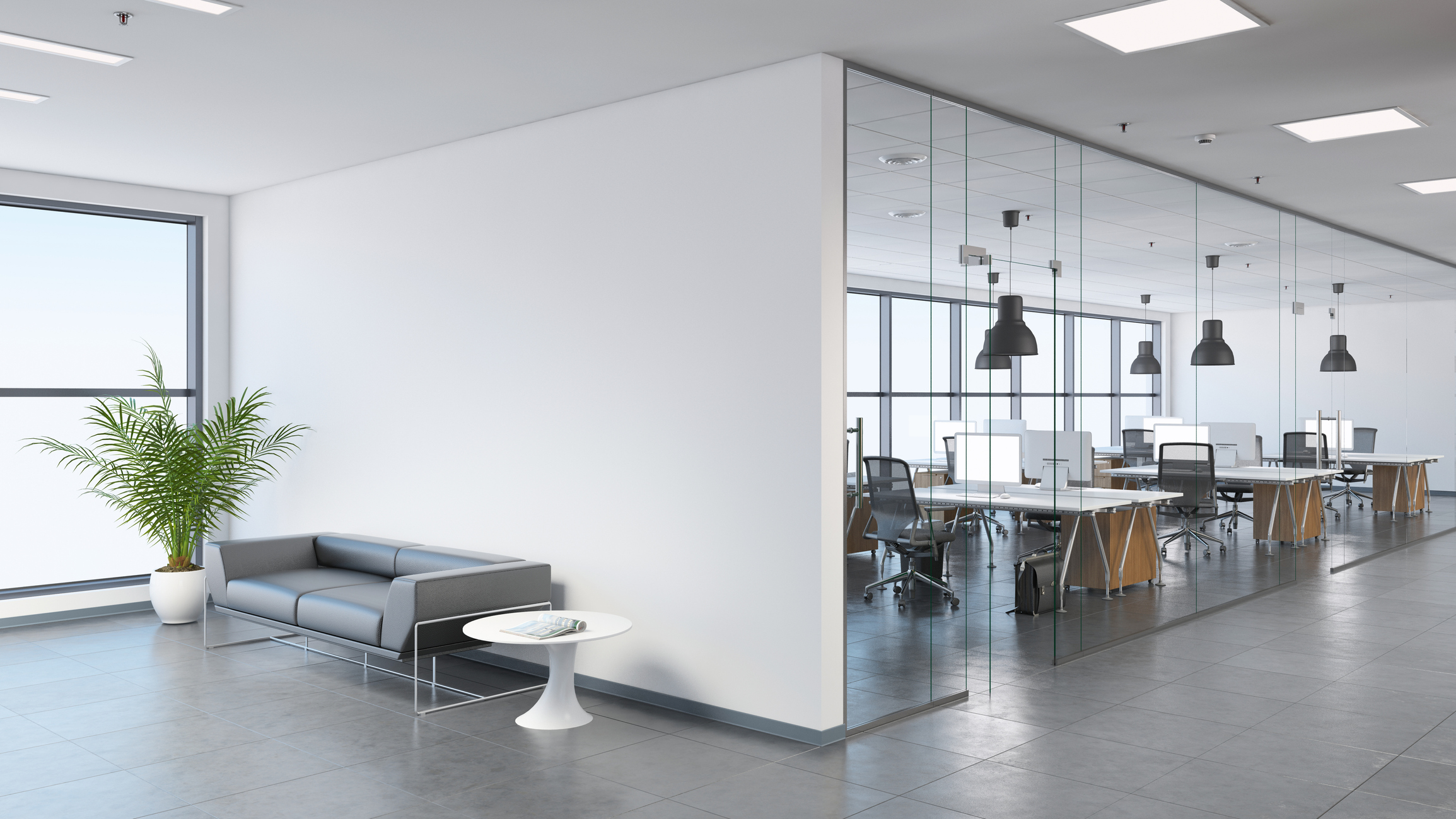No one could have foreseen how vinyl planks changed the flooring industry. Vinyl sheet flooring has its place as an economical way to put down a durable floor and resistant to water. But, it is not considered a way to elevate a room. However, vinyl plank flooring brings durability plus the beautiful look and feel of hardwood flooring at a lesser cost.
What is the Difference Between Vinyl Sheet and Vinyl Plank?
Vinyl sheet is a top layer of printed vinyl sealed under a transparent layer with a felt backing that creates a soft, durable flooring that is comfortable to walk or stand on. Plank vinyl is a multi-ply product that has four distinct layers:
- A backing of rigid vinyl
- A design layer that has a photo-realistic look of wood, tile, or stone
- The top layer of aluminum oxide for durability from scuffs and scratching
- A layer of clear film that protects the board and protects against ripping and tearing.
What is Luxury Vinyl Plank?
While vinyl sheet flooring and tiles have been a longtime favorite for installation in kitchens and bathrooms, they have suffered from a reputation as “the cheaper option.” This is no longer the case with the introduction of luxury vinyl plank flooring onto the market. These floorboards are thicker and fabricated using the click-lock system with a modified tongue-in-groove design resulting in a more secure and stable installation.
Pros and Cons of Vinyl Plank Flooring
The ease of installation, even for beginners, makes this flooring type an attractive option. Also, the fact that the planks are fully waterproof makes it an ideal way to have the look of hardwood flooring in your bathroom, kitchen, and laundry room; traditionally, places where exposure to moisture was a no-no for floorboards. But, it is not seen as prestigious as hardwood. It is straightforward to maintain, but if a plank gets damaged, it can be difficult to replace a single plank due to the nature of the click and lock installation. In some cases, multiple floorboards require removal to repair a single board.
Large Number of Styles Available
The styles of this flooring type are limitless since the top layer is a printed image. This means the planks can be made to blend literally into any decor style. Classical and traditional can have the look of highly polished wood or stone. Country looks can get elevated from planks with an antiqued or distressed look such as hand-scraped or nail holes. Modern decors can get floorboards made to look like cool marble, stone, or even metal for a nod towards an industrial look. If the planks are deeply embossed with texture, the boards may need to be slightly thicker. For consumers embracing the farmhouse flooring trend, traditional planks run roughly six inches in width, while the broader planks for the farmhouse look can range from seven to ten inches.
Vinyl Plank Flooring Cost
Compared to genuine hardwood boards, the savings of using vinyl planks as a flooring choice are impressive. Wood can be anywhere from five to ten times more expensive than the planks made from vinyl. Plus, the savings on installation if the flooring is self-installed.
Maintenance is Easy
One of the most attractive features of this flooring type is the ease of cleaning. Most manufacturers recommend daily sweeping and weekly damp mopping with either a mild detergent or specially formulated vinyl floor cleaning agent. Steam cleaning mops should never get used on this flooring type as it can drive moisture through the seams into the subfloor and cause a host of potential problems.
With the vast number of design choices, ease of installation, and minimal effort needed for upkeep, vinyl plank flooring continues to gain ground in the consumer flooring marketplace. It will remain one of the top choices for the foreseeable future.
